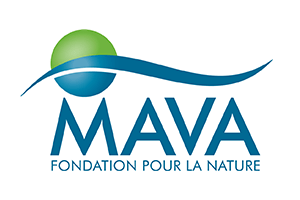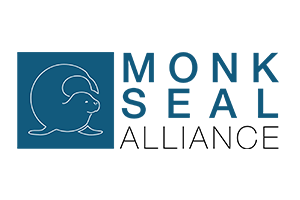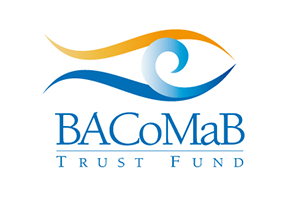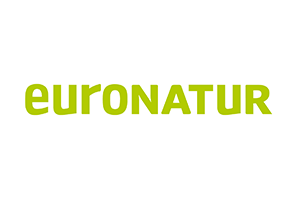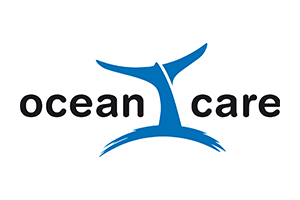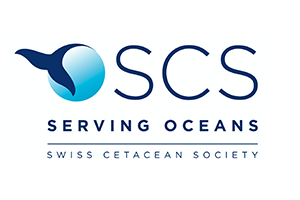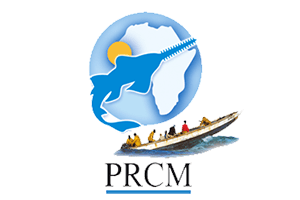Why we need you
Now or never
For 20 years we have worked to ensure the survival and recovery of the world’s last remaining large colony of Mediterranean monk seals. Today, the improvement in their status puts us in a position to go a step further and start creating new populations to safeguard the future of this species on the planet.
It is a huge challenge; it is a defining moment. We need you to make it happen.
The beaches that should never have been abandoned
Incredible as it may seem, there once was a time when the coasts of the entire Mare Nostrum and part of the Atlantic Ocean were populated by one of the most beautiful and captivating animals in existence: the Mediterranean monk seal. But they were hunted for their skin and blubber, to the point of near extinction.
A few managed to survive, holed up in caves where they could not be found and killed by human hunters. The largest group of Mediterranean monk seals took refuge in three caves off the coast of the Cabo Blanco Peninsula (Mauritania). In 1998, only 100 seals remained in these caves, in precarious conditions. Today, there are about 700 Mediterranean monk seals left in the world.
Distribution


Past threats
On the brink of extinction
Until 2001, the last remaining large monk seal colony in the world lacked any kind of protection: artisanal fishing vessels illegally set their nets in front of the caves, barnacle pickers entered the caves causing stampedes, and trawlers fished too close to the shore, taking everything, including the seals, with them.
The nearby town of Nouadhibou, with more than 100,000 inhabitants, was growing, with more and more people spreading out into the area of the caves.
Fishing nets are a major threat to seals.
The Seal Coast Reserve
A sanctuary for a unique species
In 2001, working together with small-scale fishers and the authorities, we created a sanctuary to protect the breeding caves and their surroundings – both on land and at sea – thus prohibiting the use of fishing nets and preventing anyone from disturbing the seals in their resting and breeding grounds. The Reserva Costa de las Focas (Seal Coast Reserve) was born.
HOW WE DID IT
Partnerships
for success
“When protecting an endangered species, it is essential to design comprehensive actions that include both conservation measures and social actions that engage the local population.
In Mauritania, we worked with fishers, the authorities and schools in the nearby town of Nouadhibou, joining forces to conserve the monk seal and its habitat. We developed a programme to improve the living and working conditions of the fishers, providing them with facilities, materials and training to improve their safety at sea, their healthcare and sales of their fish products.
For 20 years, our environmental outreach programmes have taught thousands of schoolchildren the importance of a common effort to conserve the natural wealth of their environment.
The colony today
After two decades of uninterrupted work, the results could not be more encouraging
The colony has not only survived, but has almost quadrupled in size with more than 350 individuals. The number of annual births has increased by more than 200%: from 25 to almost 80. In addition, in Mauritania we have developed specific methodologies and technologies to monitor the colony, such as GPS bracelets and camera traps inside the caves. These tools enable us to follow the life of the colony live and to know each and every one of its members and their movements.
The future of the monk seal
The challenge continues
“Despite the positive results, the species remains critically endangered and many threats remain: there is a risk of a new mass die-off due to disease, the three caves in which the seals live are constantly collapsing, rising sea levels threaten the breeding beaches inside the caves, and the nearby town of Nouadhibou is expanding towards the colony.
So we must keep working. It is time to create new colonies where they once lived, on the beaches they should never have left. A network of monk seal populations in the Atlantic will ensure the long-term survival of the species.
This is a huge challenge. We need you to help the monk seal survive.

HELP US
Thank you for your
support
All the work and the impressive results of the Monk Seal Conservation Programme over the past 20 years would have been impossible without the commitment and trust of our funders, true fellow-travellers on this great adventure.
Funders
Our partners
We have the support of several organisations that support us in different ways in our work.
Framework for action
El The Action Plan for the Recovery of the Mediterranean Monk Seal in the Eastern Atlantic was signed by Spain, Portugal, Morocco and Mauritania, under the auspices of UNEP/CMS. Together with our partner NGO Annajah.
Our support
We have partnerships and collaboration agreements with organisations with which we carry out a wide range of conservation actions.


